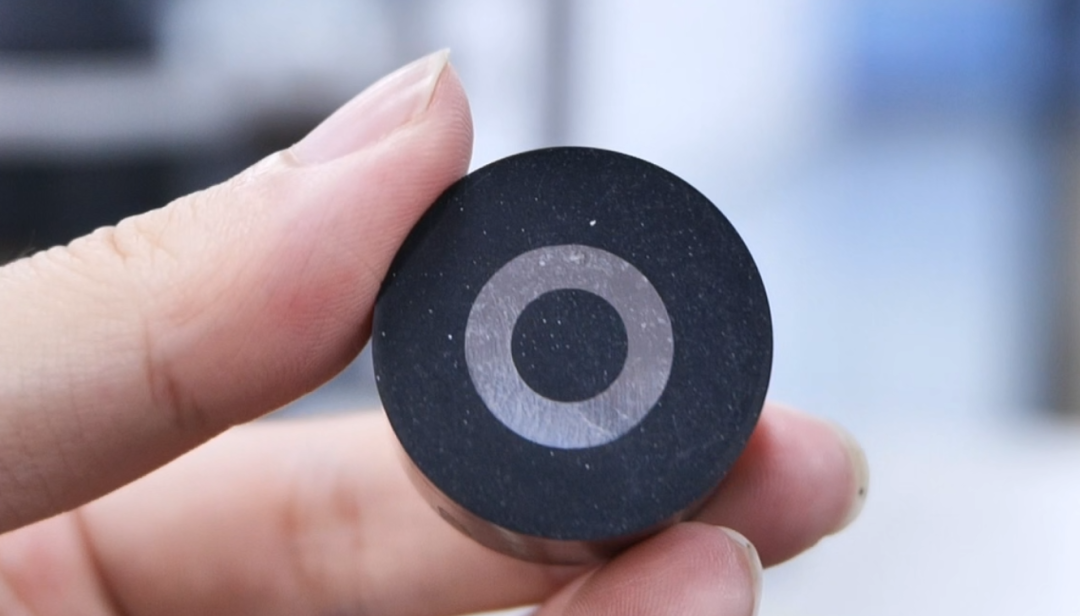LATEST NEWS
Press releases & Product news
Don't skimp before mounting your sample! Five key steps for ten times more accurate analysis results.
2025-09-22

Can you just mount your sample after cutting it? Not necessarily! Have you ever, or are you still, skipping pre-treatment steps? You know, proper pre-mounting preparation directly determines the success or failure of subsequent polishing, observation, and even electron microscopy analysis—especially for complex samples. A little carelessness can affect imaging at best, or even mislead conclusions at worst. Today, we'll systematically review the essential pre-mounting considerations.

Step 1: Thoroughly clean, starting with the "face." Oil, oxides, and impurities on the sample surface are the number one killers of resin mounting.
Correct Method:
Carefully clean the sample with alcohol, acetone, or soapy water to ensure the surface is clean and free of contamination. Failure to do this step properly can result in poor resin adhesion and even cause the sample to fall off during polishing.
Step 2: Carefully inspect and don't let burrs fool you. Burrs and deep knife marks on the inner edges of circular or small-hole samples are particularly easy to overlook.
Correct Method:
Use a file or grinder to gently remove burrs and deep cut marks. Otherwise, these imperfections will be "disguised" by the resin as real structure after mounting, misleading your judgment.
Step 3: Resize to Avoid "Forced" Insertion
If the sample size is close to the mold cavity diameter, forcing the sample into the mold can easily lead to uneven resin filling, excessive shrinkage stress, and even damage the mold.
Correct Method:
Use a grinder to reduce the sample size appropriately and round off sharp corners. This not only facilitates mounting but also improves safety.
Step 4: Mark the viewing surface and maintain a good sense of direction. This is especially true for samples that require specific viewing directions (such as welds or crack sources). Mounting the sample upside down will ruin all your efforts.
Correct Method:
Use an electric engraving pen or other means to clearly mark the viewing surface and direction to ensure it remains identifiable after mounting.
Step 5: Edge Protection: Detail Matters
If you need to observe the edges of a specimen (e.g., coatings or surface treatments), and the resin you're using doesn't have edge protection, the edges can easily be rounded or damaged.
Correct Method:
Wrap the edges with tin foil before mounting, or apply a layer of protective varnish. This extra minute of effort can yield ten times clearer results!
Note: When choosing a resin, if you're performing failure analysis and may need subsequent electron microscopy, remember to choose a conductive resin!


